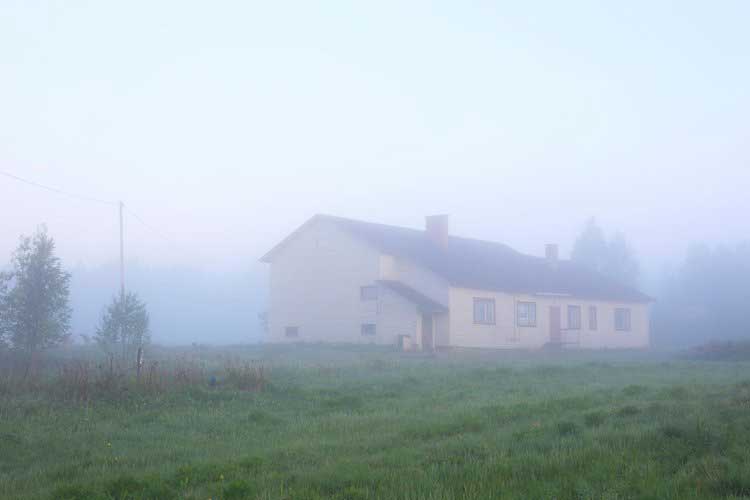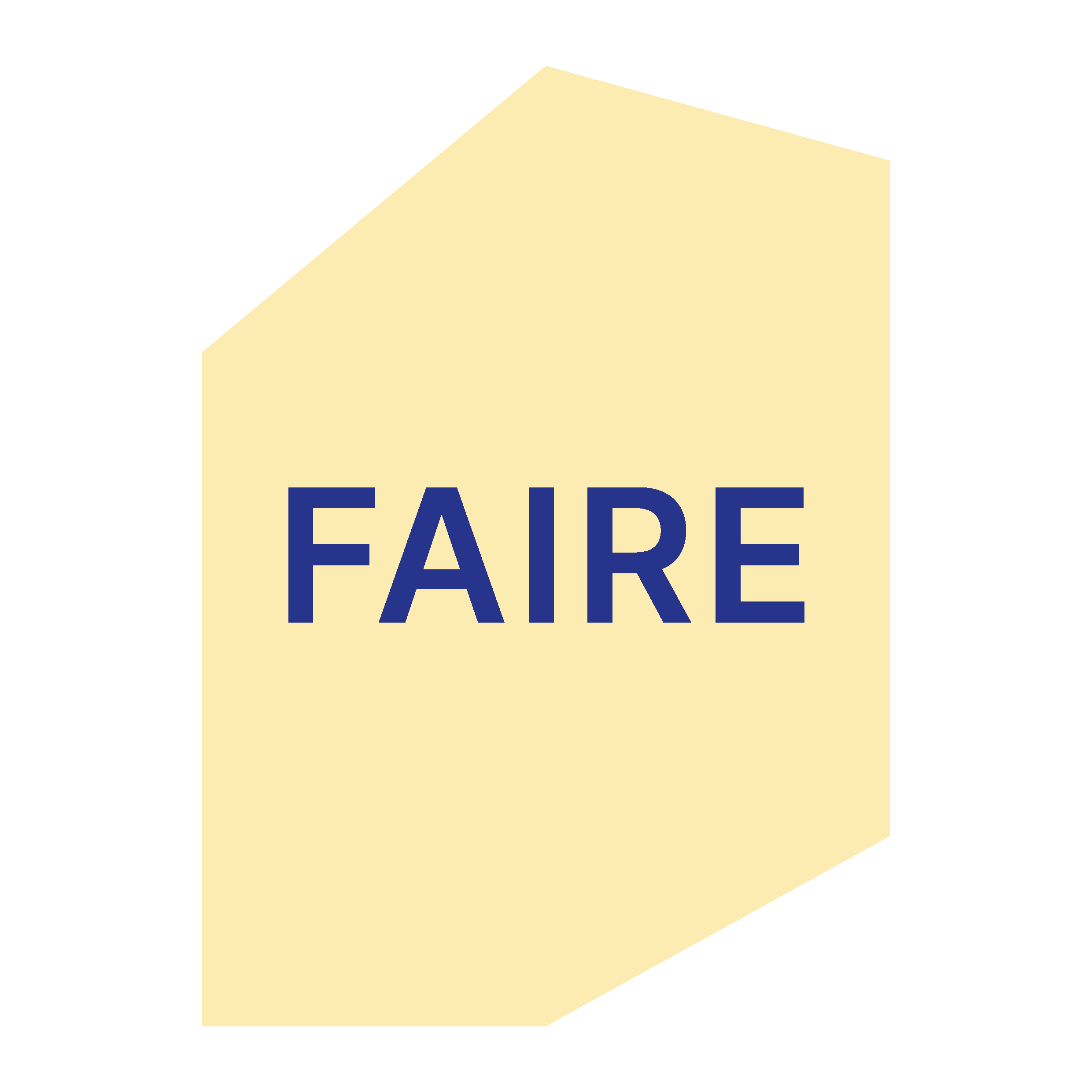21.12.2022
Interview: Petra Vehviläinen
Images: Joonas Martikainen and Ryoko Uyama
The article is part of a series of interviews which presents various Finnish residency providers and examines the role of residencies in the field of art and in the society.
Interview with Joonas Martikainen, Executive Director of Hiljaisuus Ry/Silence Residency
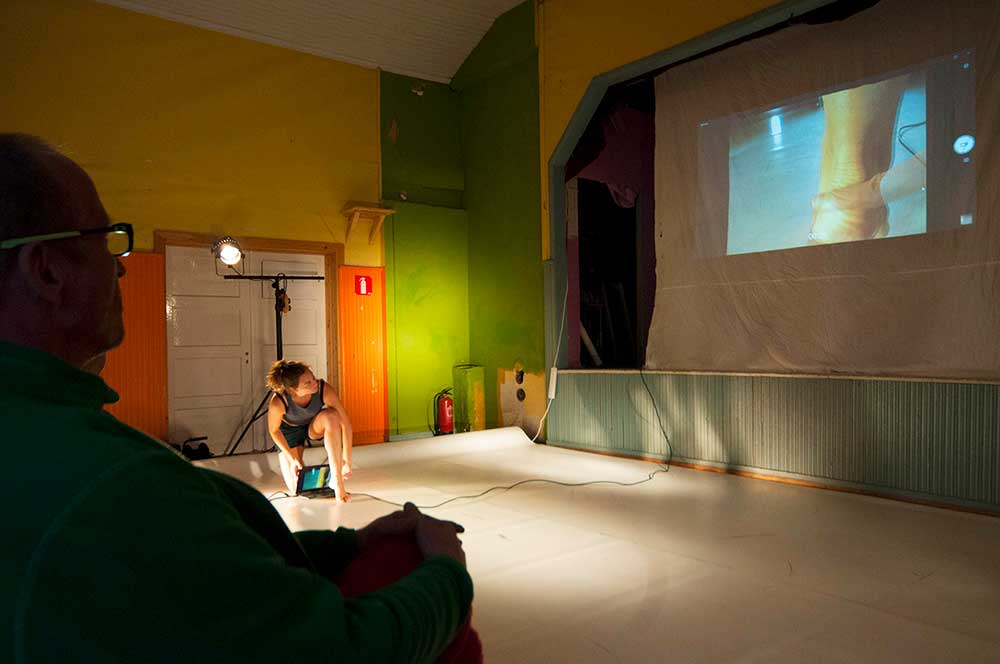
Silence residency is located south of the centre of Kittilä, in the lively village of Kaukonen, a home to about 350 people. Here, the artists’ association Hiljaisuus Ry rents the old Kaukonen community hall, which provides a facility for four or five groups of artists to work in every year. “We have developed the house as a performance and residency center. The residency includes an apartment and a large hall with high ceilings as a working space. It’s also suitable for performances,” says Joonas Martikainen, one of the executive directors of the Silence Association. “We are a multidisciplinary residency, but we put the emphasis on circus in our choices. This is because there are not many residency spaces in Finland that would be suitable for aerial acrobatics. Here, the hall is about 4.5 metres high and offers the possibility of aerial rigging,” Martikainen continues. The residence can accommodate two artists at a time, and the lobby has been converted into a living room for the use of the residence guests. For larger groups, accommodation will be sought in the village. “We offer two-week residencies, which run from early July to early September. The residency seasons are defined by the warmer months, and in June we will have the Silence Festival in the same space. After the festival we have a couple of weeks to get the place ready for the residency,” Martikainen says.
The residency is international and operates through open calls, which have taken place every year. However, the residency is now moving to a model where the application cycle is longer. This aims to give groups more time to apply for travel and working grants of their own. “The next available residency periods will be in summer 2024. Usually, one-off residencies are selected, but exceptionally, next summer the space will host a group selected in 2022, who have been offered a longer-term 3-year residency and working opportunity,” says Martikainen. The applications will be read through by a four-person management team, including Martikainen, artistic directors Karita Tikka and Lauri Sallinen, and another executive director, Jonna Leppänen. Around 30 applications for residencies are received each year, both from abroad and in Finland, but the number varies: “We have been cautious with our marketing. Once, when we marketed an open call, we received 70 applications.That was a lot, considering you want to go through the applications carefully and be fair to the applicants. It takes several weeks, so it’s not a fair deal for anyone if you can’t put resources into them,” Martikainen reflects. The residency will focus on performing arts, circus, dance and performance, but will also include visual arts, film and video art. “Multidisciplinary groups in applications are now the norm. One trend we see in applications is the search for a relationship with nature. Many people want to come to a small village and tell their own story of their nature relation. It’s a strong recurring theme. This can also be seen in the performances more broadly- there is a lot of searching for one’s roots and getting close to nature,” says Martikainen. ”If you think about the process of making the performance, the Silence residency provides a good starting point for the work and for the working groups to come together. It’s perfect for ‘site-specific’ type of work and for all kinds of prototyping,” Martikainen opens, “The space is a bit rough, but in itself very inspiring. It’s also characteristic that here in the north during the summer months the sun is high and doesn’t set, so the working days are long.”
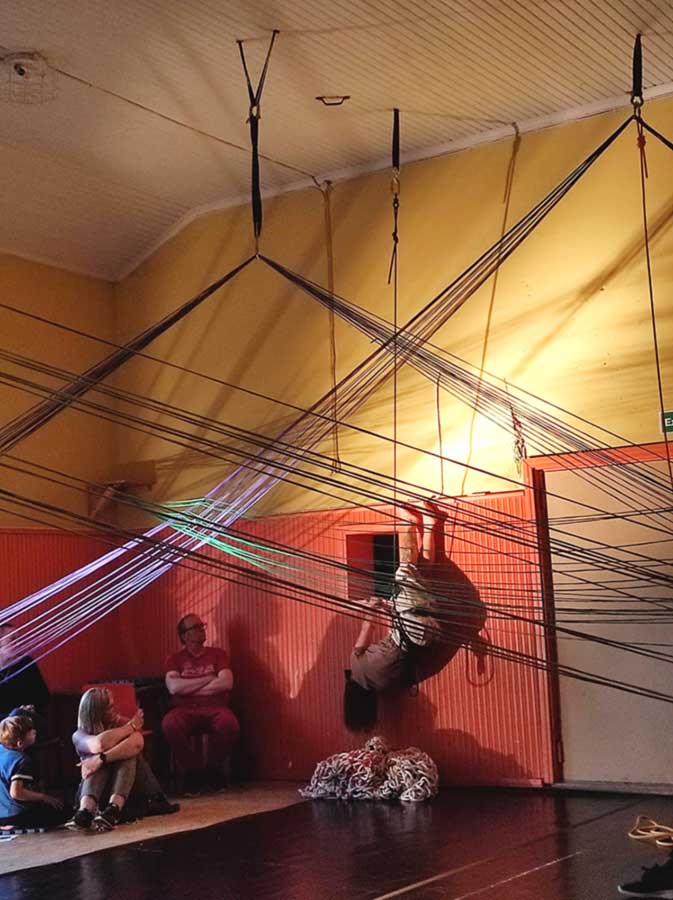
For artists, the Silence residency offers independent working conditions, as none of the association’s active members live in the village. “We do have a person who welcomes the group and tries to be there when it leaves,” says Martikainen. To get around, the artists are provided with bicycles – electric cargo bikes are a special feature, as the nearest shop is 25 km away. “Many groups come by car, but there are groups that come by public transport. Last year we had a group from Germany who cycled and ran to the shop. There’s a wide range of people going on the road there. It’s a good warm-up to ride 50 kilometers on a bike,” Martikainen says. “In terms of accessibility, we’ve given applicants the responsibility to consider whether a place is possible – even just regarding distances. And unfortunately the space is not physically accessible,” Martikainen apologises. He says the association has a strong desire to help artists and workshops with production issues, and to share know-how and contacts – especially with others in the region. “We try to provide contacts with the villagers. If you think of visual arts residencies as providing contacts with local galleries, we provide contacts with local lumberjacks, farmers and other supporters who can introduce the culture and rhythm of the village,” says Martikainen.
Martikainen says, the Kaukonen village community emerges as one of the most important factors shaping the residency, and relations with the villagers are carefully taken care of. The residency is free of charge for artists, but in return, it is appreciated that the artists provide some kind of presentation – a discussion or a demo performance – for the local audience. The performance demos have attracted a wide range of locals, from children to pensioners. “An important value of the residency is the encounter between villagers and artists. The encounters are genuine and people dare to talk. At best, locals’ comments on an inaudible performance piece can be extraordinary because they don’t rely on educational knowledge of art history or discourse. It’s easy to take the plunge, and it’s a nice way to generate encounters and discussion.” Martikainen ponders that the history of the space itself lowers the threshold for villagers to participate in the performances and workshops that take place there. “Since 1952, the Workers’ House has hosted a huge number of artists, including Tapio Rautavaara, Reino Helismaa, Katri Helena, Pekka Kuusisto…,” Martikainen says, adding that “the villagers are susceptible and attuned to performance and art in general. Reidar Särestöniemi’s artist’s home is 10 km from the village and there are many ITE artists in the area. There are and have been many artists in Kittilä, such as Reidar (Särestöniemi) and (Kalervo) Palsa, who are well known to many. Reidar’s work has been on display at the house in the past and he has spent a lot of time there. If we talk about there being something special in drinking water that gives rise to a certain kind of mood, it’s there, a sense of beauty. The open discussion between the villagers and the artists supports this. The mining industry and poetry go hand in hand,” Martikainen sums up.
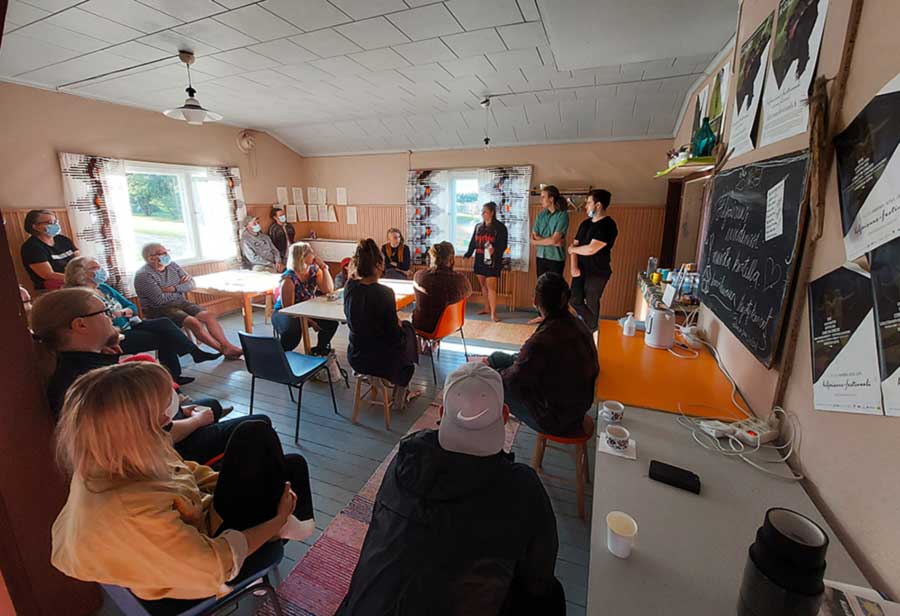
Silence Ry’s residency and festival activities are aimed to be linked together. “From an audience education point of view, the aim is to explain what residency means in the process of making a performance. The festival sometimes has works that have been in residency before and can show the audience the bridges between the process and the finished work”, Martikainen says, “There is also this educational aspect: we can tell sponsors and supporters in the municipality and the region about the importance of residency”. According to Martikainen, this has received a little less attention in the recent past, because the festival programming is built separately from the residency programming, but in the future it would be nice to use this opportunity. One important reason for the flourishing of residency and culture in the area, Martikainen points to the economic prosperity of the municipality of Kittilä, in addition to the hospitable and art-loving village community of Kaukonen. Kittilä, home to 6,500 permanent residents, is home to Europe’s largest gold mine, employing 1,000 people, and Levi, the largest ski resort in the Nordic countries, offers 25,000 beds for tourists. “There are so many different professions in the village community: tourism, mining, reindeer economy, agriculture…” Martikainen lists and continues, “All these elements in the environment make the village community so vibrant: There’s a story behind it – and how that culture settles into that path. We get a grant from the municipality, and the tax money comes from a certain place. In this case, the gold mine and tourism make it possible for culture and art to be made, for a friendly welcome and for the children in the audience.”
Martikainen lists the future dreams for the Silence residency: “Year-round, bringing art and research together… The environment of the residency is interesting and, as a kind of microcosm, it is something that can be explored.” However, Martikainen says that there are economic and ecological issues to be considered in relation to being year-round. “We have found that there is no point in making the hall warm when the heat leaks out of the windows. We have, of course, dreamed about whether it would be worthwhile to install geothermal heating in the space, but in the end we have found that we want to go on the terms of the space. It is a more sustainable solution to identify when the space is suitable for use,” Martikainen says. “However, the goal is to get the year-round residency business off the ground with a slightly different edge. The goal is to enable researchers, scriptwriters and composers to work in residencies during the cold months,” Martikainen explains. Hopes for cooperation with other residency providers are also on the wish list. These could be light encounters where good practices can be articulated, shared and learned from others. “I believe that encounters can be simple and personal, spending time and experiencing together in a space, and therefore important. Even in the smallness there can be something meaningful that can radiate into that residency experience. It doesn’t have to be that big,” Martikainen reflects. Martikainen also wonders how the residency could better meet the needs of the artists after the residency: “There could be more support. Even after residency. One should think about what could be good ways to walk beside the artist company during the life cycle of the work or performance – or after that. That is often left undone. It can also be very small and light. Perhaps it has to do with the aesthetics of welcoming and farewelling the artists: people may not ask for much, but those little things can be meaningful”. “It’s important to maintain contact with the residents. I calculated that we have worked with almost 400 artists, so it would be nice to have some trace of the activity. There are instances who are funding and enabling artists’ work for example through grants. The role of an instance like us could be more about caring or giving energy, whether it’s the physical resource (the hammer) or the encounter.”
When asked what is characteristic of Silence residency and how it may be different from other operators in the residency field, Martikainen says: “Characteristic for us is the connection with the villagers and the fact that we are located far from southern Finland. The landscape and the process of making the journey is a big part of the nature of the residency. When you travel for two days, it becomes embodied. In addition, the village community of Kaukonen and the culture around the residency: dialects, rhythm of life and the way to be present. We are able to offer authentic contacts with the villagers.”
